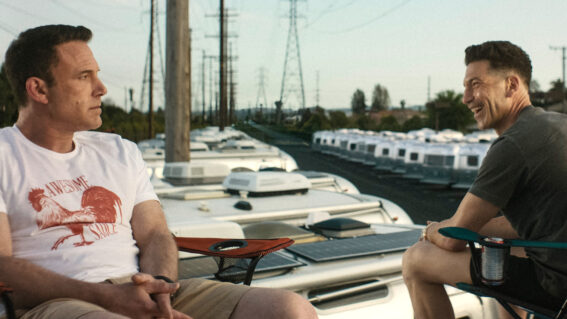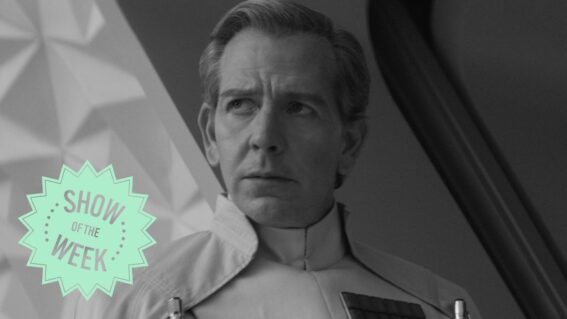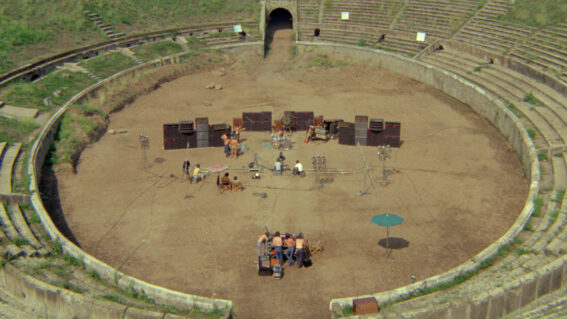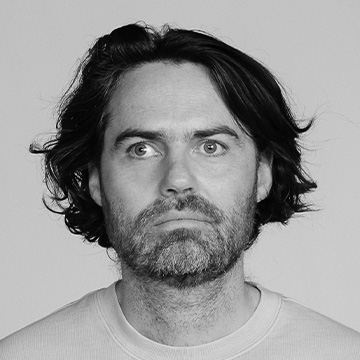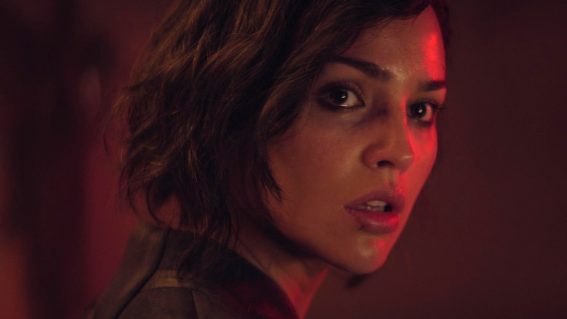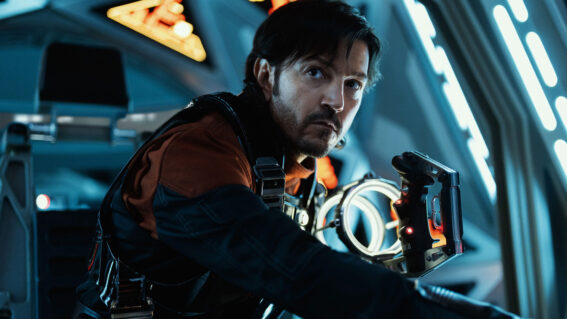The Mandalorian is the only modern Star Wars that comes close to conjuring the old magic
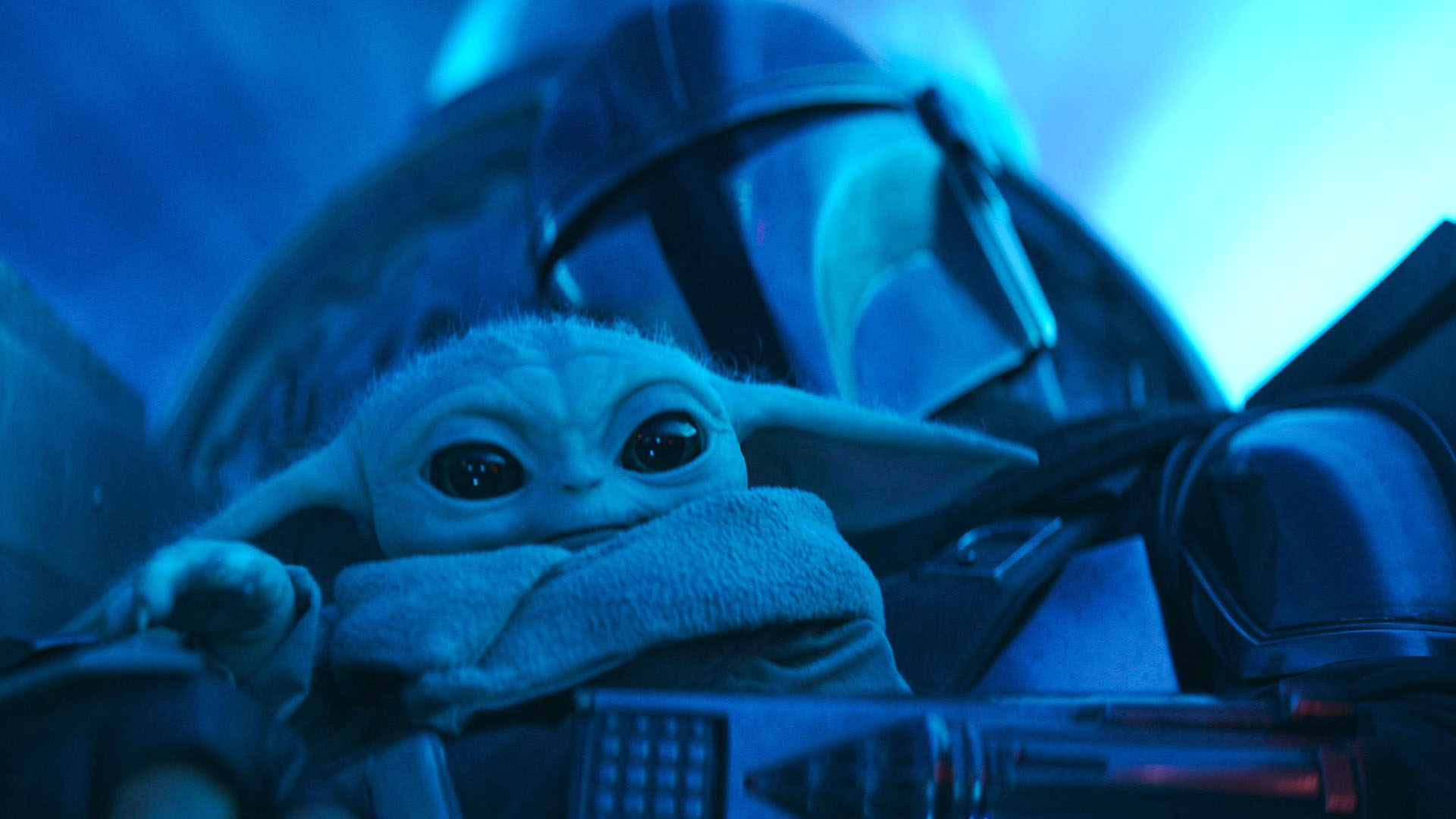
Dominic Corry checks into the state of Star Wars and reflects on how The Mandalorian’s first episodes set up what to expect from season three.
Being a Star Wars fan used to be all about coasting on the whiff of potential, the promise of a dream that there might be more Star Wars, someday. Being a Star Wars fan now is the complete opposite—by any measure, there’s too much of it, and they should slow the hell down.
That’s not to say there isn’t cool stuff being produced, with Andor recently having recently opened up a whole new world of storytelling possibilities in this universe, but I’m generally in agreement with Liam Neeson regarding the current state of Lucas’ pop culture-defining creation: something of the mystique is being lost with the multitudinous spin-offs. The disappointing Obi-Wan series showed just how bad things can get.
Yet, I remain a child of the 80s and I will still go wherever this franchise tells me to. Within the current rollercoaster of Star Wars, The Mandalorian stands as the flagship show, and the standard-bearer for what modern Star Wars can be. For me, it captures more of the spirit of Star Wars than the sequel trilogy.
I’ve written on Flicks previously about the degree to which I think Dave Filoni deserves credit for this. Filoni notably had nothing to do with the Obi-Wan series, despite doing a superlative job of chronicling the character’s further adventures throughout multiple seasons of the CGI animated series Star Wars: The Clone Wars. He even gave us some of the Alec Guinness version of Obi-Wan in a very memorable episode of his follow-up CGI show Star Wars: Rebels.
Filoni’s creative influence on The Mandalorian, as channelled through collaborator/principal writer/director Jon Favreau, ramped up in season two with the addition of two key characters from his animated shows: ex-Jedi Ahsoka Tano (played in live action by Rosario Dawson, and soon to be seen in her own spin-off show), and Bo-Katan (voiced on The Clone Wars by Katee Sackhoff, who also plays the live-action iteration).
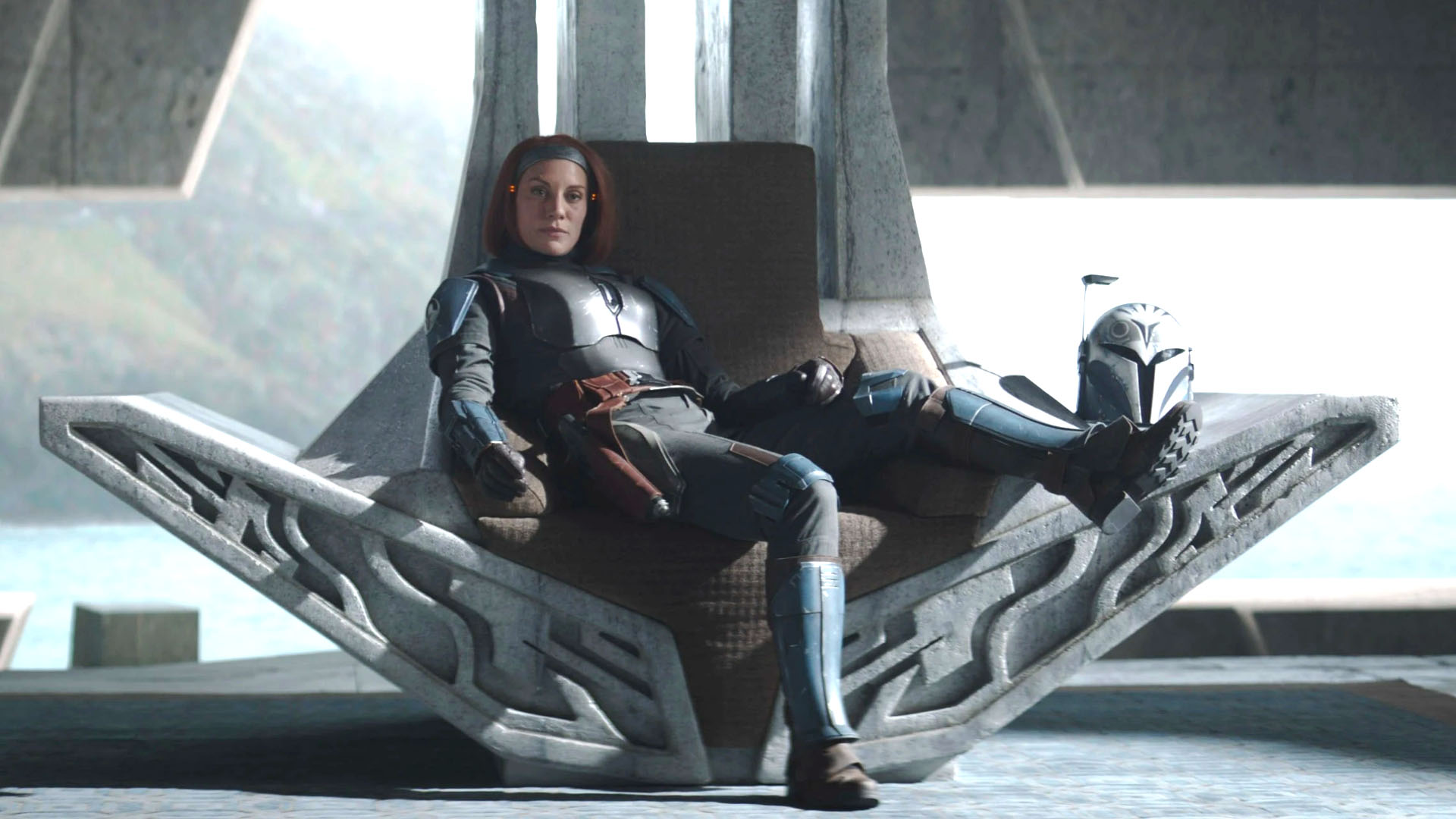
The latter is set to feature prominently in season three, which once again goes all in on the Filoni of it all by returning to Mandalore, a civil war-ravaged planet that featured prominently throughout Filoni’s acclaimed CGI animated shows. Certain shots in the trailer evoke specific set pieces from the series, which instantly caused any Star Wars cynicism to leave my body when I saw it.
For reasons I still don’t understand, The Book of Boba Fett stopped in its tracks and switched over to follow up on the adventures of our main Mando, Din Djarin (played by Pedro Pascal, some of the time, I imagine). We saw him reunite with Grogu, the alien formerly known as Baby Yoda, admit to having taken his helmet off, and set up a return to Mandalore to face his fate for that transgression.
Bringing Din and Grogu back together so quickly feels like a concession to the breakout popularity of the (smaller) character, and undermines the power of the moment when Din handed Grogu off to Luke Skywalker. We always knew these two would eventually reunite, but it should’ve taken longer.
But as mentioned, I have more faith in Filoni than anyone else currently working in Star Wars (even Tony Gilroy), and if he wants Din and Grogu back together, so be it.
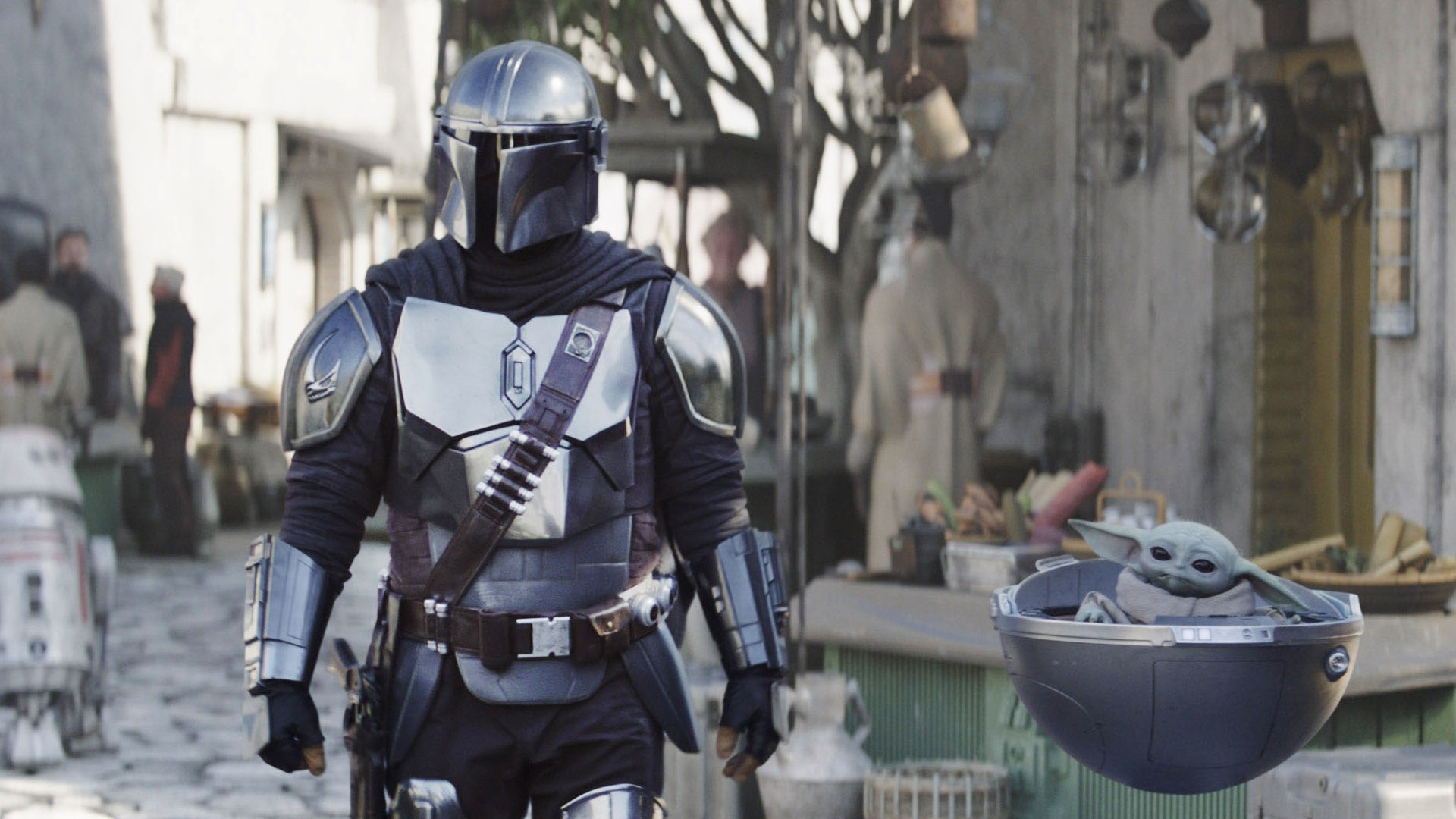
Having watched the first two episodes of The Mandalorian’s third season (ep one is now on Disney+), I can happily report that if there’s anything still mythic about Star Wars, it’s happening on this show. Even with a cute sidekick.
Mando doesn’t get to Mandalore in episode one, and the hindrance he faces is somewhat eye-rolling (you’re not gonna believe this, but he has to go get a thing), however, when it comes to meat and potatoes Star Wars (cool environments, cool spaceships, cool action, cool creatures), nobody is currently doing it better than Favreau and Filoni.
There’s a nice Terminator reference in episode one, and the return of a character voiced by a certain beloved Kiwi filmmaker. One aspect of Star Wars that the modern iterations tend to skimp on (especially the sequel trilogy), is big crazy Ray Harryhausen-esque monsters, and I love how The Mandalorian never fails to deliver on this front. Episode one opened with a doozy.
The storytelling is still struggling to escape its tendency toward video game-evoking ‘retrieval mission’ type plots, but once Mando does make it to his home planet, it becomes immediately clear that this is no longer the Mandalore we got to know throughout the animated shows.
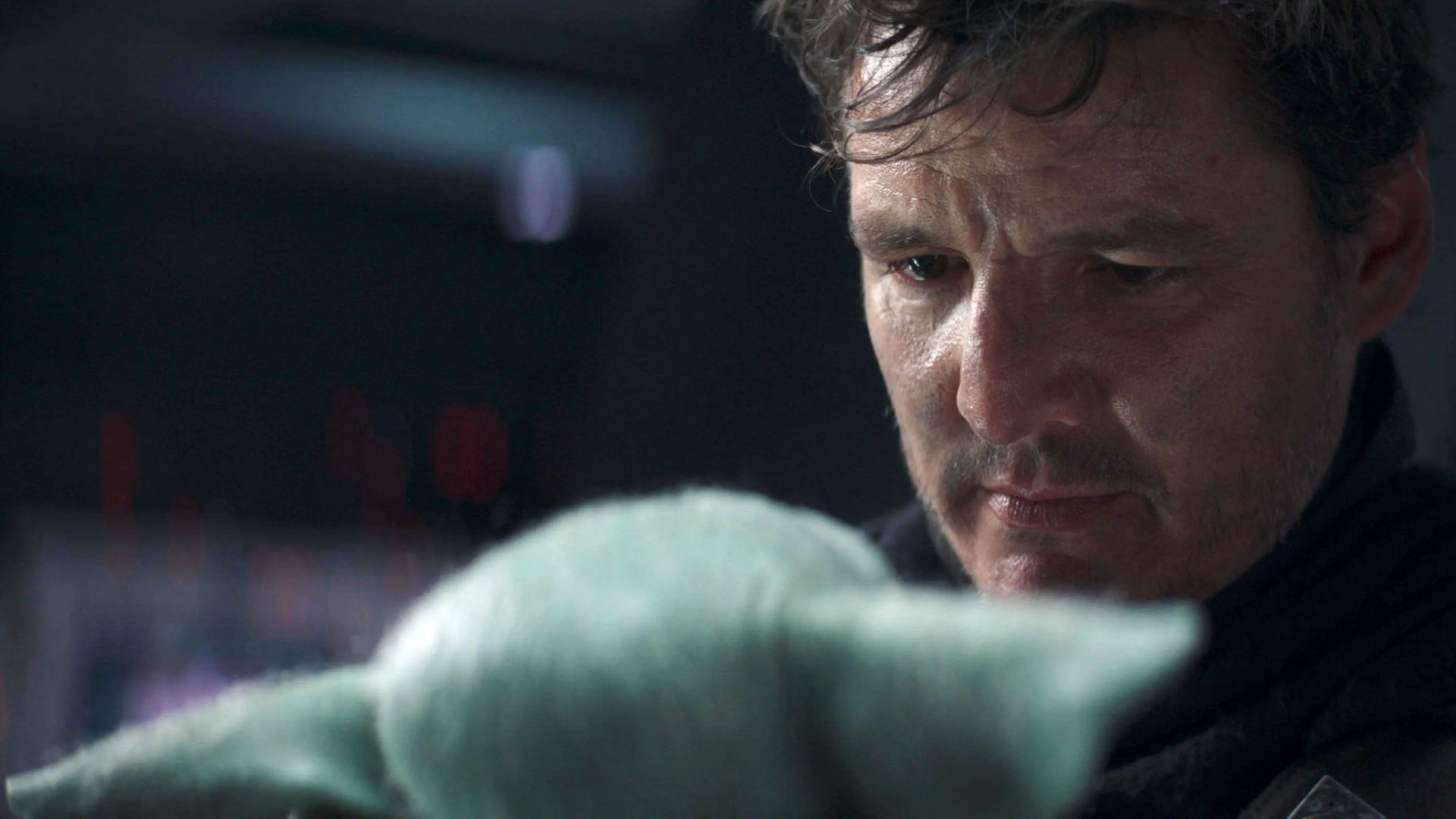
Which also emphasises that as much as Clone Wars and Rebels inform The Mandalorian, the show is for the most part treading its own path, and is notably committed to adding something new to this universe. In that regard, they are doing the best job of channelling George Lucas—unsurprising considering Filoni is George’s last tangible link to the franchise.
Despite several new Star Wars series coming down the pike—Ahsoka, Skeleton Crew and The Acolyte—the Great Netflix Correction (i.e. the end of streamers overspending to lure subscribers) has led to Disney saying they will be slowing down on the Star Wars front. Which is a good thing. Listen to Liam.
But for now, with no movies on the horizon, but somehow, more Star Wars than ever on offer, The Mandalorian is the only modern Star Wars that comes close to conjuring the old magic.



